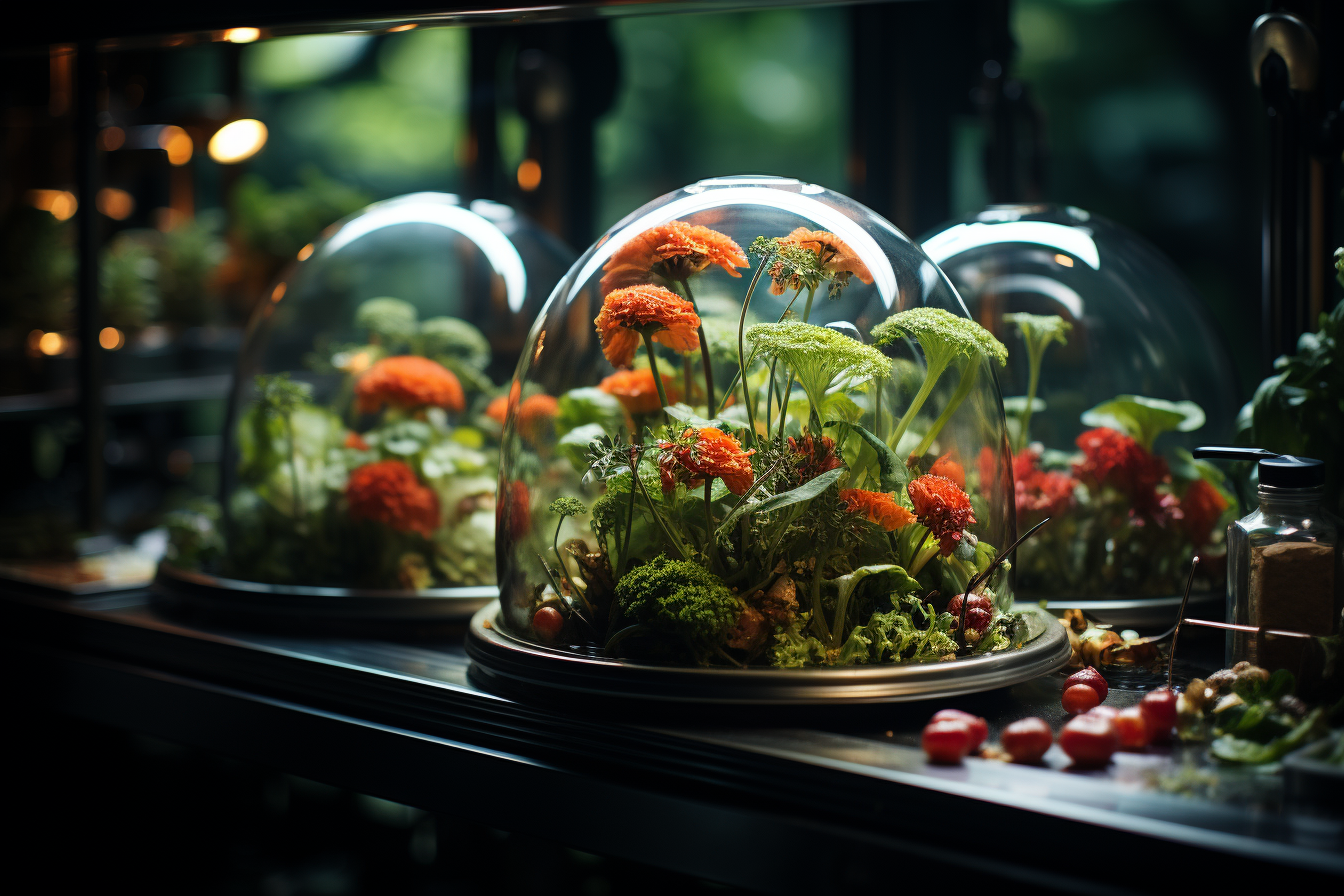From Lab to Plate: The Rise of Futuristic Dining
Future foods represent a culinary revolution with sustainability at its core. They encompass innovations such as plant-based alternatives, lab-grown proteins, and advanced food technologies, all aimed at reducing our ecological footprint. These foods also focus on enhancing nutrition, fortifying with essential nutrients, and catering to individual dietary needs. Future foods promise to reshape our food system, making it more environmentally friendly, healthier, and diverse, while also offering exciting new flavors and culinary experiences.



Reduced Environmental Impact: Future foods often prioritize eco-friendly practices, such as vertical farming, aquaponics, and regenerative agriculture. These methods can significantly reduce water usage, pesticide use, and soil degradation, contributing to a more sustainable planet.
Economic Opportunities: The growth of future food industries can create new job opportunities and economic growth, particularly in research, technology development, and alternative agriculture sectors.




Biofortification: Future foods can be biofortified to contain higher levels of essential nutrients like vitamins and minerals. This approach helps address nutritional deficiencies in various regions and improves overall public health.
Global Collaboration: Research and development in future foods often involve international collaboration, bringing together experts from various fields to tackle global challenges like climate change, food scarcity, and malnutrition.




Food Safety: Advances in food technology, such as blockchain and sensor-based monitoring, can enhance food safety by providing better traceability and early detection of contaminants, reducing the risk of foodborne illnesses.
Space Exploration: Future foods are vital for space exploration, as scientists work on creating compact, nutrient-rich foods for astronauts on long-duration missions, ultimately benefiting space science and potentially improving food systems on Earth.




Cultural Preservation: Future foods can celebrate and preserve cultural diversity by integrating traditional recipes and ingredients into modern, sustainable culinary practices, ensuring that valuable food traditions are not lost.
Innovative Food Experiences: With the advent of augmented reality (AR) and virtual reality (VR), future foods can offer unique and immersive dining experiences, blurring the line between art, entertainment, and cuisine.




In summary, future foods offer a promising path forward for addressing the complex challenges in our global food system. With their emphasis on sustainability, nutrition, reduced environmental impact, and culinary innovation, these foods hold the potential to not only nourish individuals more healthily but also contribute to a more sustainable and diverse future for our planet.









